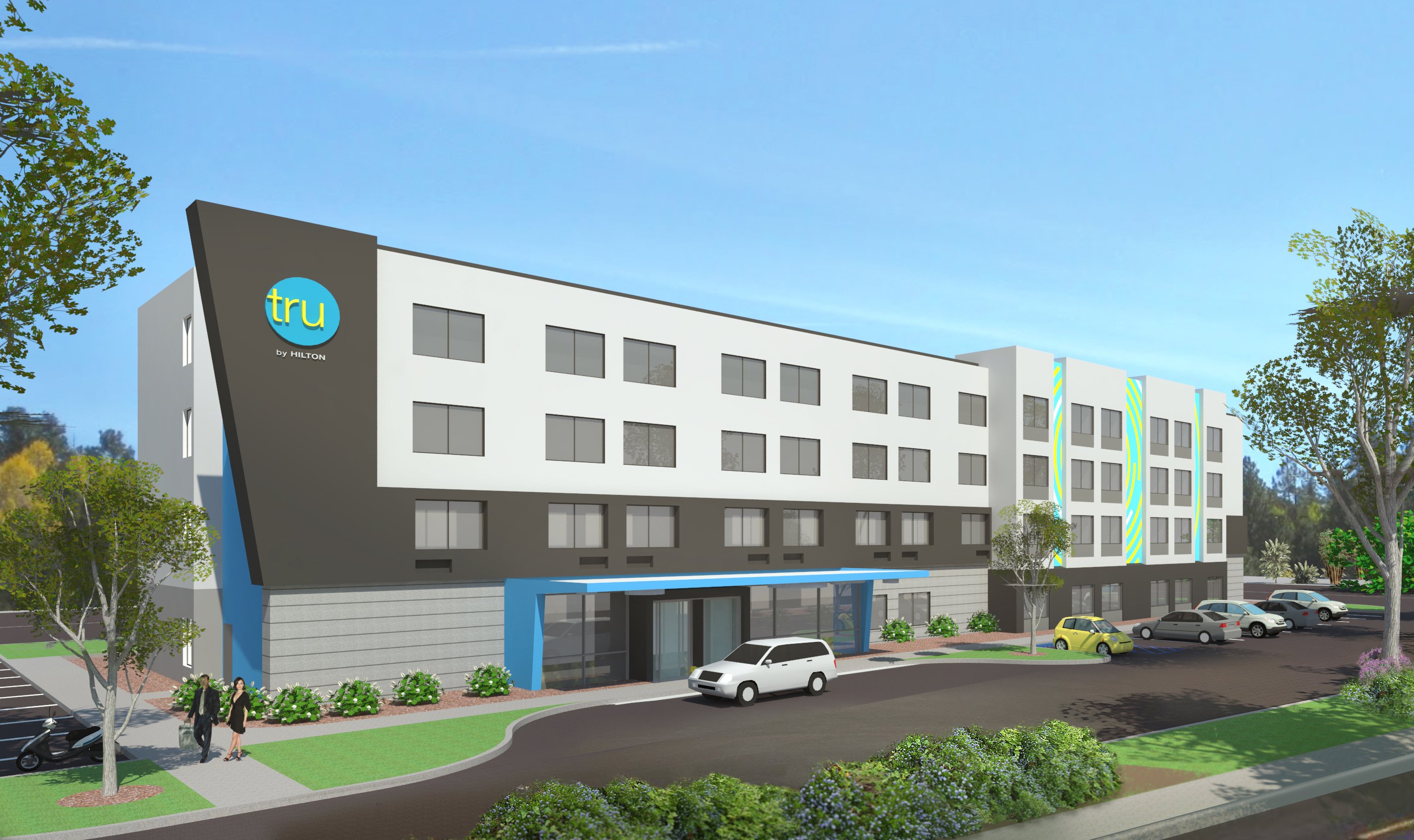Hotel franchise construction remained strong across the country in 2016 and developers expect demand and growth to remain healthy into 2017.
“[Revenue-per-available-room] growth is still positive and well-sponsored developers can get financing. Most of the recent supply growth has been heavily concentrated in about four or five cities, leaving plenty of markets with historically low supply growth rates forecasted over the next couple of years,” said David Pepper, chief development officer at Choice Hotels International, which saw a 20-percent increase in its pipeline in the third quarter of 2016 from the previous year. “If demand increases due to an uptick in the economy, there will definitely be a need for more hotels across the country.”
The areas with the highest number of projects in the pipeline are New York City with 190 projects and 31,194 rooms; Houston with 169 projects and 19,8885 rooms; and Dallas with 131 projects and 15,819 rooms, said JP Ford, SVP and director of business development for Lodging Econometrics.
Select-Service Strength
Bill Fortier, Hilton Worldwide’s SVP of development—Americas, said 2016 is on track to be a “record year” for construction starts for Hilton, and he predicts a few more years of continued growth before the pipeline tops out.
In the complete U.S. construction pipeline, there are 4,796 projects representing 586,102 rooms as of the close of the third quarter of 2016, Ford said. That represents an 18-percent growth in projects and a 16-percent growth in rooms compared to the same quarter in 2015.
“We’re in a good economic climate and interest rates are low,” Ford said. “In the past 12 months, people have thought that it’s cheaper to build than to buy and remodel. Newer, fresher, cleaner is always preferred over renovating.”
Stephen Siegel, principal, Hospitality Construction Property Management, said select-service remains the most popular segment for new construction.

“We are still seeing a lot of select-service as the cost of construction creates the best [return on investment] for the ownerships,” Siegel said. “The full-service properties are mainly being built in markets that produce a larger RevPAR or in resort areas. With that said, full-service properties outside destination areas are not as large as in previous years.”
Properties that offer the little extras remain popular with seniors and millennials alike, Pepper said.
“For rates a lot lower than traditional full-service hotels, you get a brand-new well-furnished room or suite, usually with free or reasonably priced breakfast, complimentary Wi-Fi and convenient parking,” he said. “So while supply growth may be high, demand is equally strong for these type of hotels.”
Chip Ohlsson, chief development officer, North America for Wyndham Hotel Group, said the market has tightened slightly and that financing has moved forward from regional banks and through relationship lending.
Wait-and-See Attitude
Looking forward to 2017, Ohlsson expects big things from the industry.
“We are shattering the perception that we’re in the business of conversions. As we transform our brands—brands generations grew up with—into lifestyle experiences for today’s everyday traveler, we are redefining the economy and midscale segments and developers are taking notice,” Ohlsson said. “With stunning new-construction prototypes and the best loyalty program in the business, we’re attracting the most passionate partners in the industry.”
Ohlsson also expects to see larger, high-profile development of full-service brands in urban markets to slow down as financing becomes tighter and barriers to entry become costlier. The select-service brands will continue to drive growth as well as the persistence of lifestyle brands, he said.
Siegel said he remains “cautiously optimistic” headed into 2017 and said though the economy is strong, there is an uncertainty of revenue growth in the coming year.
Many developers and financers may take a wait-and-see approach heading into the next year due to variables related to the election and coming administration of President-elect Trump, Ford said.
“If you’re a developer, owner, business owner, etc. you step back and you think twice and three times before making any investments,” Ford said. “We’re waiting to see what will happen in the first 100 days or so of 2017. A lot is unknown right now.
“We’re either going to take off or we’re not. If there is an uptick in the economy, that would trickle down to the lodging industry. But right now, things are pretty good.”
